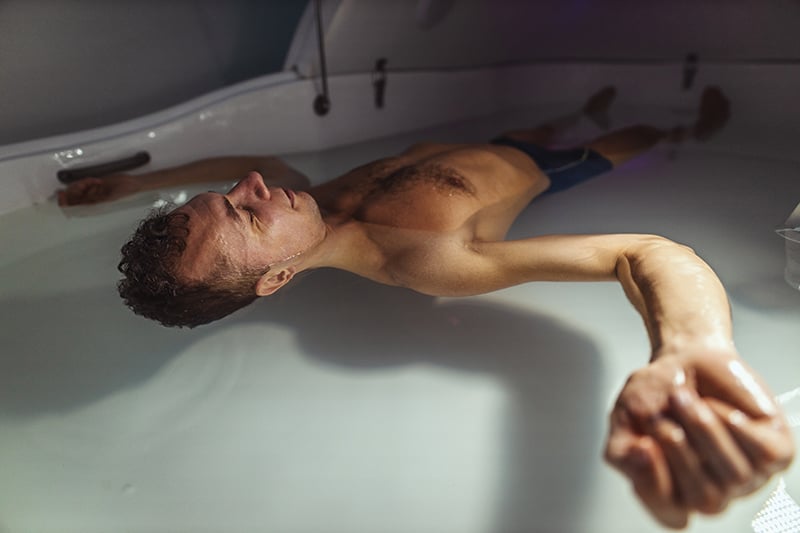The Pursuit of Wellness: Cryotherapy, LED Light Therapy, Supplements, and Salt Therapy
Four options said to offer better health

Cryotherapy
Not only has cold plunging skyrocketed in popularity, but now folks are flash-freezing themselves, too. Proponents of whole-body and spot cryotherapy—which involves exposing the body to temperatures between minus 200 and minus 300 degrees Fahrenheit for short stints—claim the practice can relieve ailments like chronic pain, depression, insomnia, and Alzheimer’s by dilating blood vessels and flooding the body with oxygen-rich blood and endorphins. Proceed with caution, though: The U.S. Food & Drug Administration warns that whole-body treatment is unproven and poses health risks.
Cryotherapy is available in Charlotte at The Invigory, Restore Hyper Wellness, and iCRYO.
LED Light Therapy
Advocates say that exposing the body to LED lights increases cell turnover and tissue repair, which can help with skin conditions like acne, psoriasis, and rosacea; decrease hair loss; expedite wound healing; and more. LED light therapy uses either blue, red, or yellow lights—or combinations—to penetrate the skin to different depths. The most popular options are blue-light therapy, often used in facials to treat surface-level issues like acne; and red-light therapy, which can penetrate deeper to reduce inflammation and pain and stimulate collagen production and circulation.
Fully body LED Light Therapy is available at The Invigory, Restore Hyper Wellness, and Drip IV & Wellness.
Supplements
Since the FDA began regulating dietary supplements in 1994, the industry has exploded. Ads and store shelves are increasingly flooded with pills, powders, drinks, and gummies that claim to fix all kinds of mental and physical ailments. As of 2017, there were more than 90,000 dietary supplements on the market: ashwagandha for anxiety, fish oil for cardiac health, biotin for hair and nail growth, probiotics for gut health, functional mushrooms for energy. There’s collagen, valerian root, L-theanine, magnesium citrate, CBD, super-green powders, rose hips, algae, and, um, snail mucin. People have bought in, and bought more, since COVID. According to research published in the National Library of Medicine, the global market was valued at $152 billion in 2021 (up 50% from 2018) and is predicted to hit $300 billion by 2028.
Salt Therapy
Float in 1,000 pounds of dissolved Epsom salts in a sensory deprivation tank. Sit next to a Himalayan salt block wall while microscopic salt powder is diffused into the room. Visit a man-made salt cave, or a salt sauna, or a salt pool, or get a salt facial, or salt scrub, or salt body wrap.
People have used salt in therapy since the mid-19th century, when a Polish doctor noticed that his patients who worked in salt mines suffered from fewer respiratory illnesses and began to offer salt baths. But in recent decades, salt therapy has become so popular for its anti-inflammatory properties that there’s now an international Salt Therapy Association, founded in 2014 and with members—“salt therapy facilities, professionals, and enthusiasts”—in 61 countries.
You can try Salt Float Therapy in Charlotte at True REST Float Spa.







